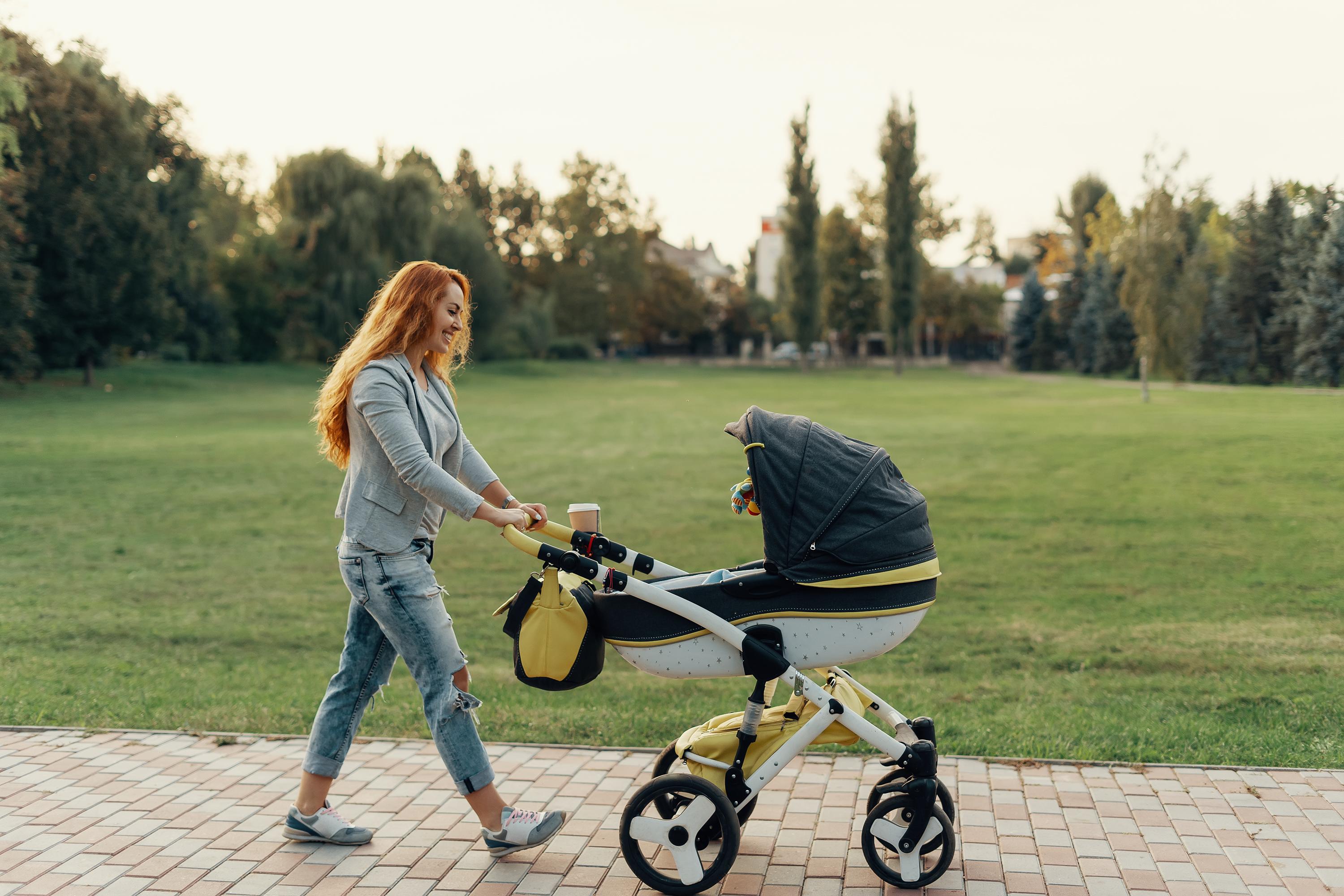Everyone Is Talking About the Blue Zone Diet — but Is It Actually Healthy?
Updated Dec. 4 2019, 10:40 a.m. ET

When National Geographic author Dan Buettner asked people to take part in a challenge to stick with the Blue Zone diet for three months, The Today Show documented three of the women's experiences and successes. All three lost weight, with one losing a resounding 37 pounds by the end of the three months. Moreover, the women reported higher self-confidence, lower cholesterol, and more energy.
The women's success has sparked an interest in the lifestyle. Much of America experiences diet culture and, as such, is constantly trying the latest and assumed greatest diet so it's no surprise that the Blue Zone diet is now on everyone's lips. But what exactly is this new diet craze and is it actually good for us?

What is the Blue Zone diet?
The Blue Zone diet was created by Dan when he discovered the five places in the world, where people live the longest: Okinawa, Japan; Sardinia, Italy; Nicoya, Costa Rica; Ikaria, Greece, and Loma Linda, Calf.
Dan and his fellow researchers were able to find that all the Blue Zones share nine specific lifestyle habits which they labeled the Power 9. The Power 9 fall into 4 categories: Move, Right Outlook, Eat Wisely, and Connect.
Under Move is the habit of Moving Naturally, meaning that they live in an environment in which they move throughout the day. They don't join gyms. Instead, they move around in gardens and opt to walk instead of drive.

Under Right Outlook is having Purpose and Down Shift. Purpose means that you feel that you have a reason to get up in the morning. Down Shift means that you take time every day to relieve stress.
The Eat Wisely category includes the 80 percent Rule, Plant Slant, and Wine at 5. The 80 percent Rule refers to the fact that people in the Blue Zones stop eating when they are 80 percent full. They typically eat their smallest meal in the late afternoon or evening and then stop eating for the day.
Plant Slant is in reference to what kinds of foods people in the Blue Zones eat. It's a bean and plant based diet with very little meat consumption. Wine at 5 is pretty straightforward. Most people in the Blue Zones drink 1 or 2 glasses of wine each day.

The last category, Connect, is arguably the most important. It includes Belong, Loved Ones First, and Right Tribe. Belong means that you follow and engage in a religion, regardless of what that religion is.
Loved Ones First means that you keep your family close. You commit to a life partner, have kids that will take care of you when you're old, and you keep your parents and grandparents nearby or in the home with you. Right Tribe means that you are surrounded by a group of friends who promote healthy behavior.
Is the Blue Zone diet actually healthy?
Well, sort of. But the problem with the way that we talk about the Blue Zone diet is probably the fact that we call it a diet. Yes, food is an important part of it, but most of the coverage that the diet gets is just on the food, which isn't the only reason why people in the Blue Zones tend to live longer.
When Dan issued the challenge for people to try the Blue Zone diet for three months, he was clear that the test had to be done in groups, because a big part of the Blue Zone way of living is that they are surrounded by a support system.
If you're attempting the Blue Zone diet by just cooking mainly bean and plants and drinking wine by yourself, you're missing the big picture and at least 7 of the Power 9 habits for a long life.
While it's not reasonable to assume that you should join a religion or have kids in the name of your diet, there are pieces of the Power 9 that are possible to add into your everyday life, like by spending more time with close friends or making the decision to move more naturally throughout the day. And by doing so, you'll get a lot more of the benefits that the Blue Zone diet has to offer.